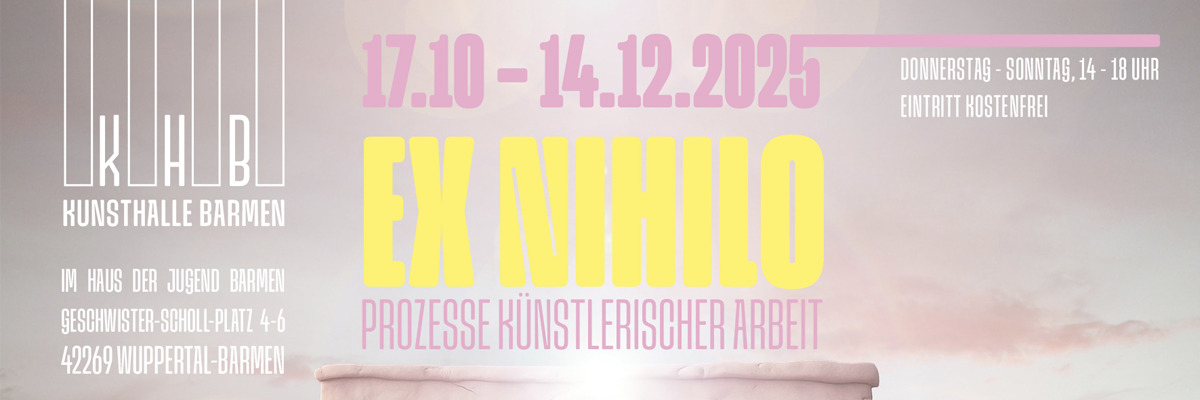
Groupshow
MOVING EAST 2:
Project Info
- 💙 Curtea Art Space
- 💚 Alexandru Mihai Budeș, Lisa Marie Schmitt
- 🖤 Groupshow
- 💜 Lisa Marie Schmitt, Alexandru Mihai Budeș
- 💛 Alexandru Mihai Budeș
Share on

Bogdan Breza, Diana Brăescu, Ana Botezatu, Matei Toșa, exhibition view
Advertisement
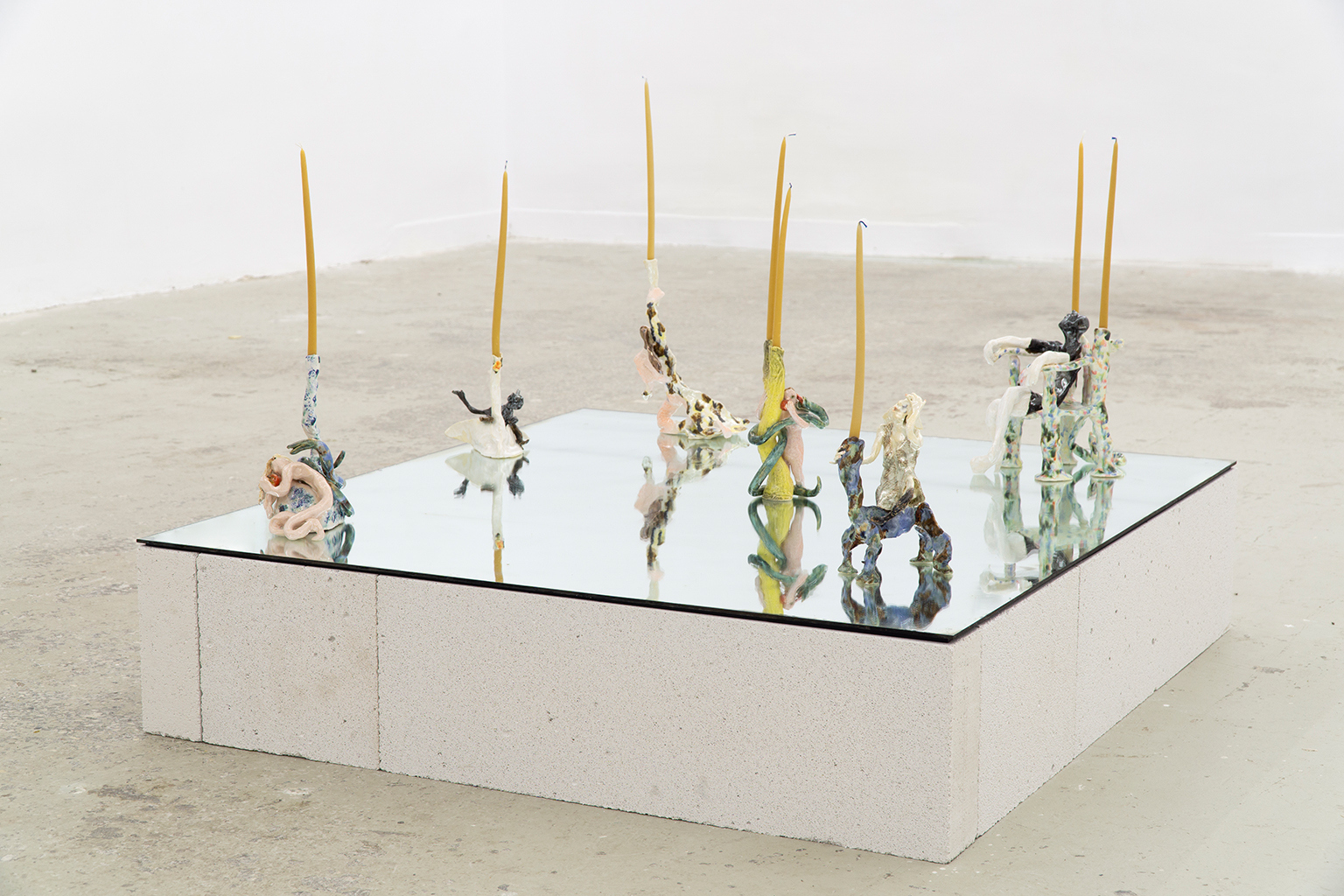
Ana Botezatu, "A pile of anxieties", glazed ceramics, variable dimensions, 2020
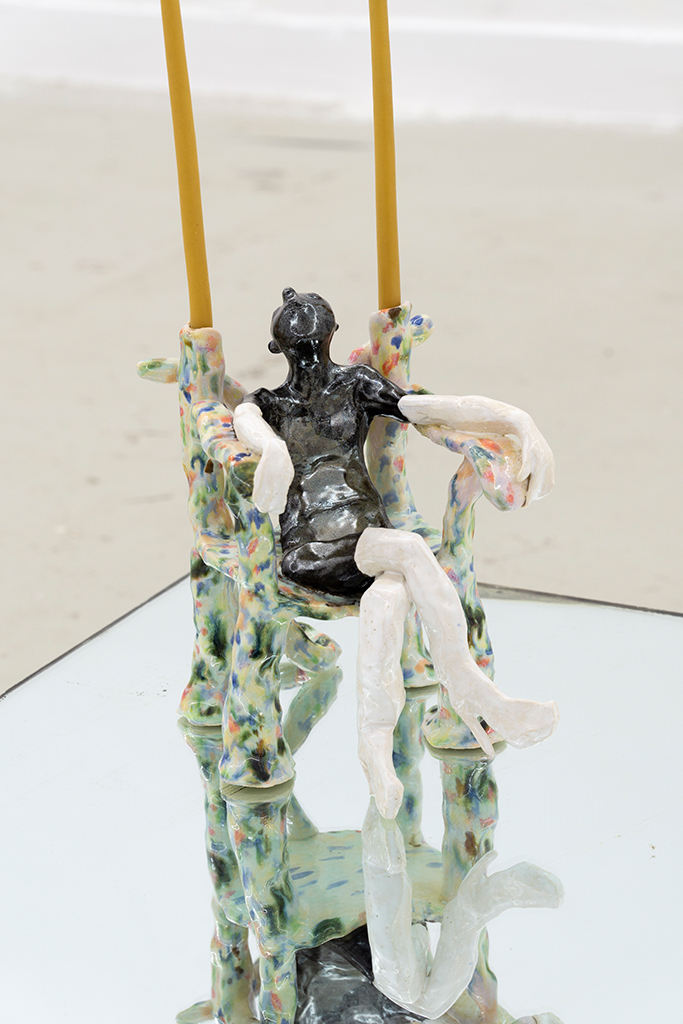
Ana Botezatu, "A pile of anxieties", glazed ceramics, variable dimensions, 2020
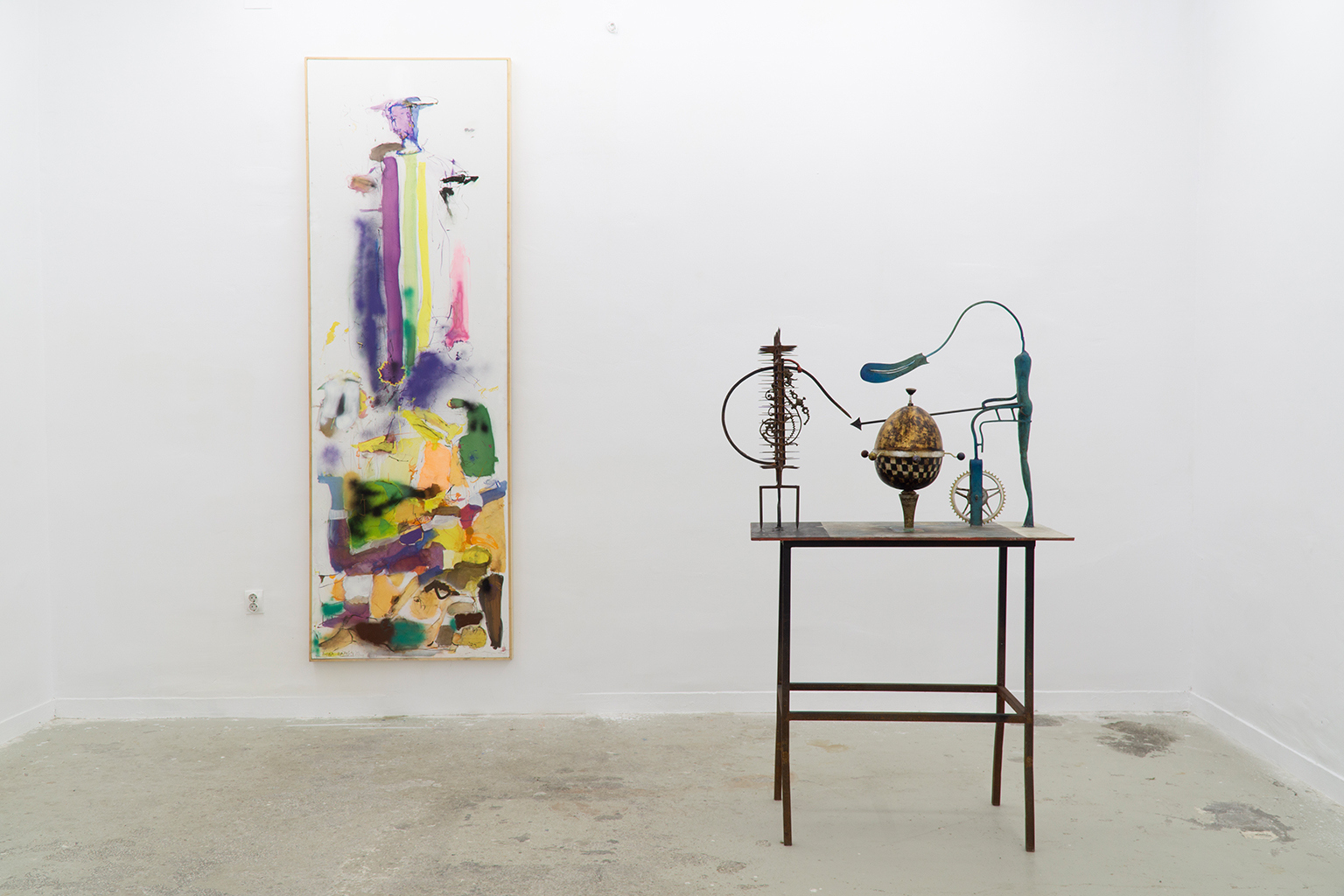
Diana Brăescu, Bogdan Breza, exhibition view
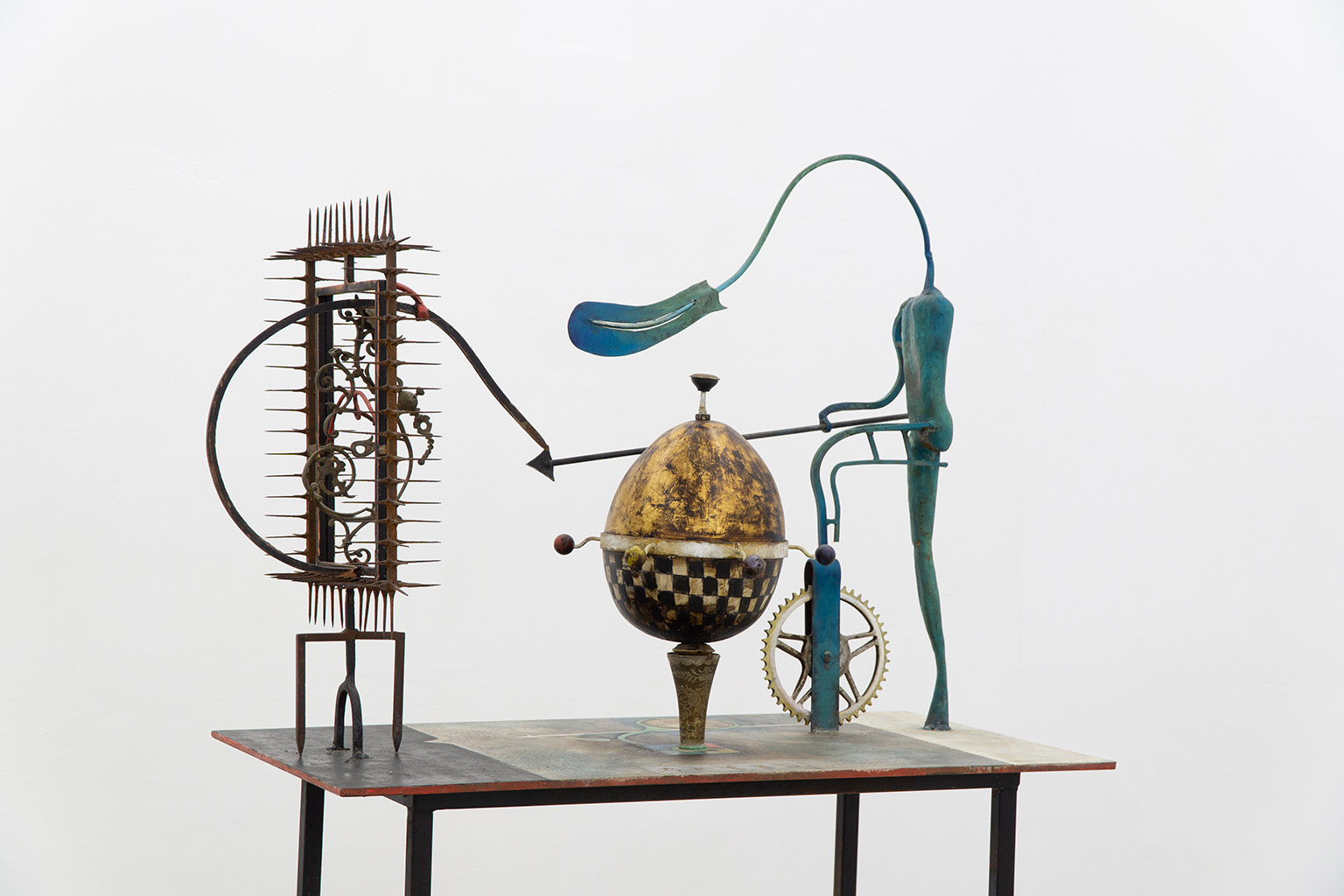
Bogdan Breza, "Masa de Joc" (The Game Table), wood, iron, ready-made objects, acrylic, 2021
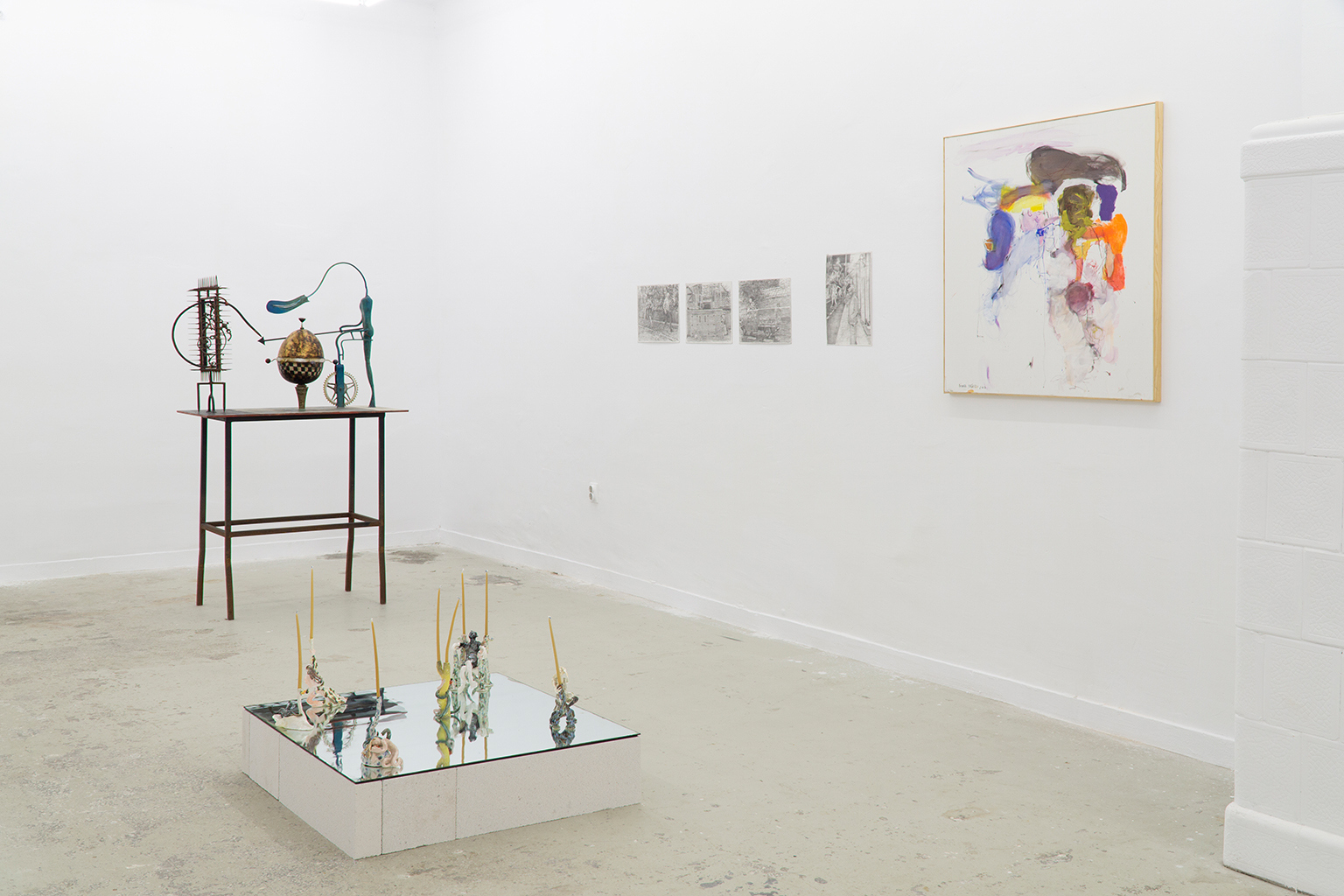
Bogdan Breza, Ana Botezatu, Matei Toșa, Diana Brăescu, exhibition view
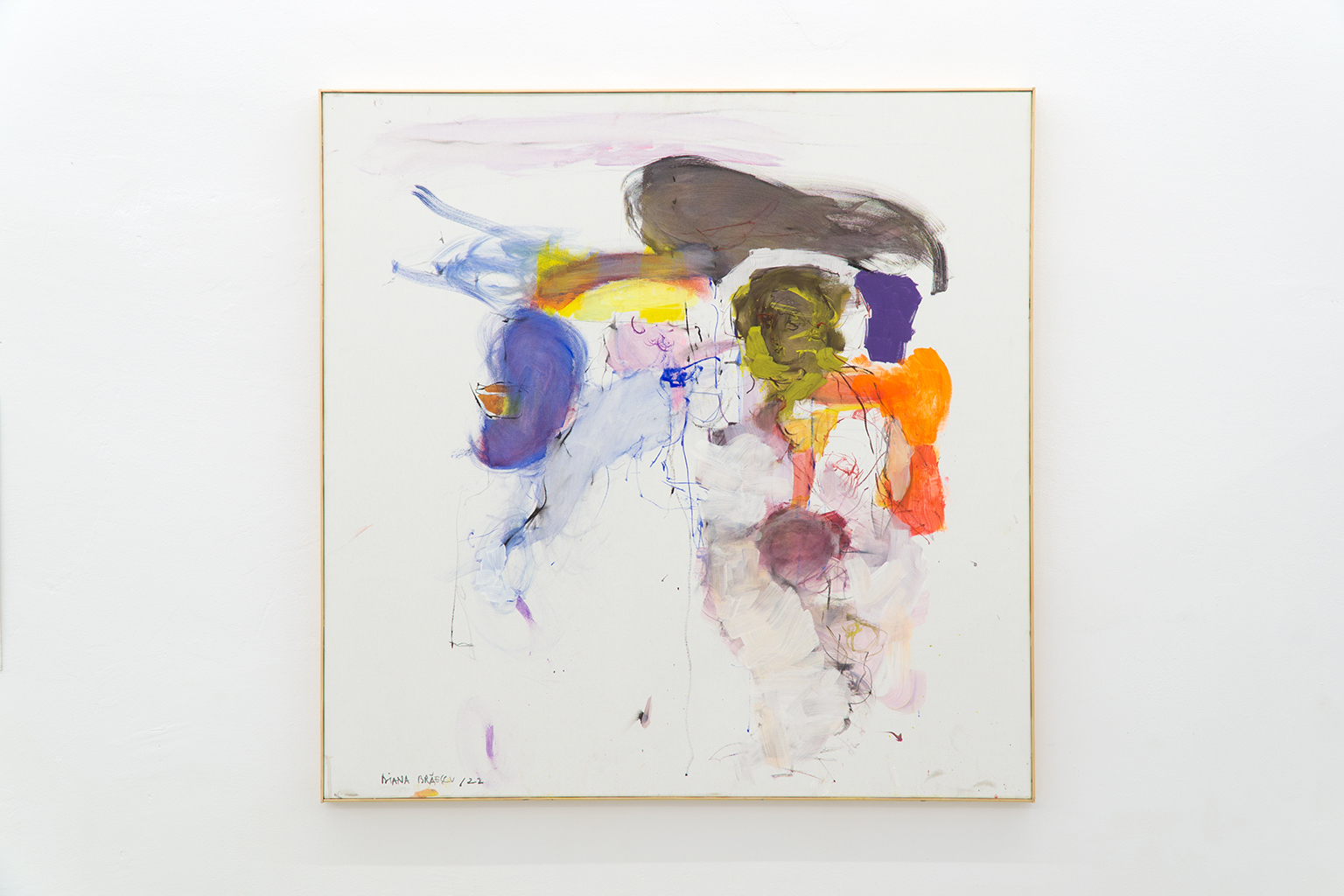
Diana Brăescu, "Frați îngeri" (Brother angels), mixed techniques, acrylic, tempera, spray paint on canvas, 2022
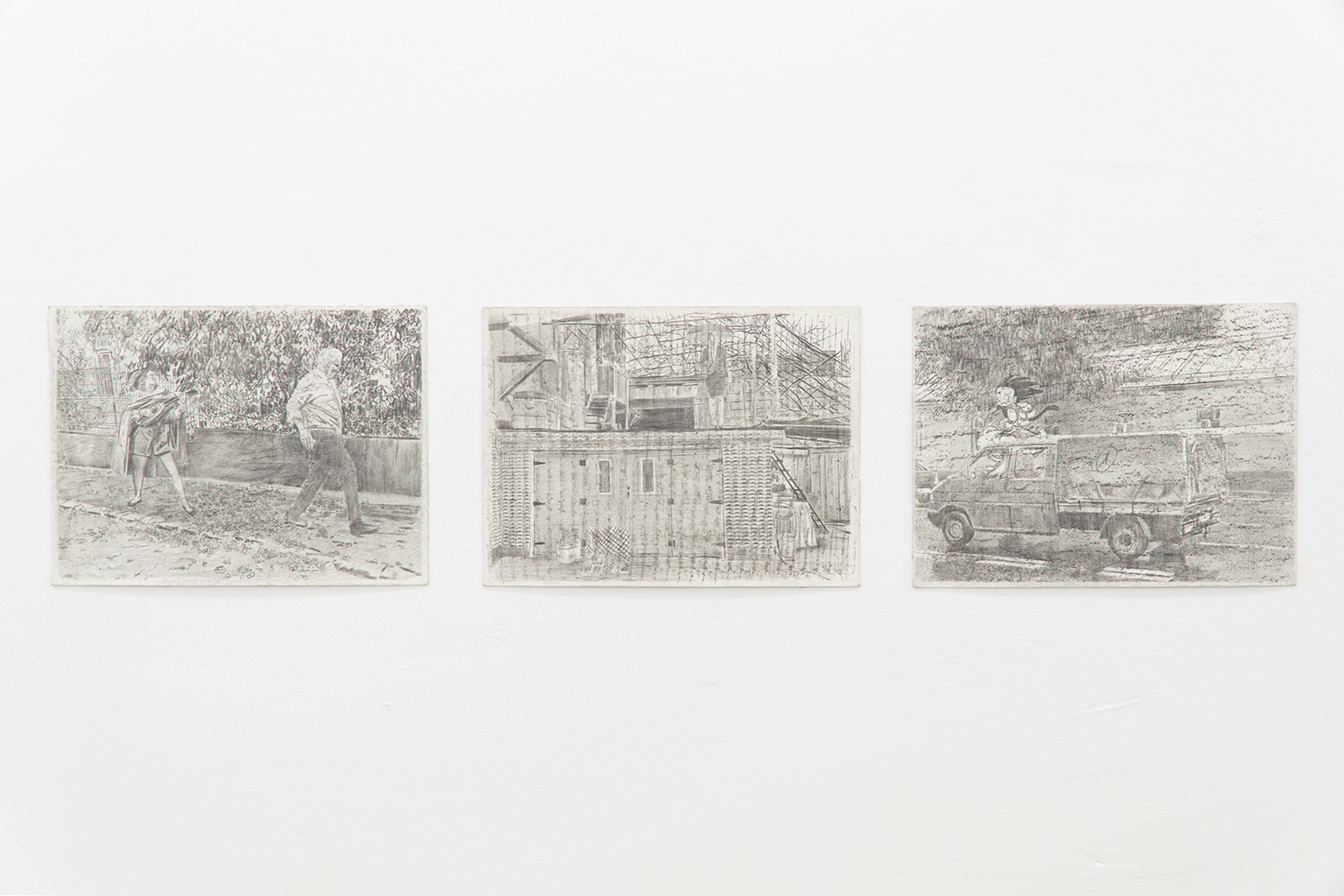
Matei Toșa, From the series "Objects from my memories", pencil on paper, 2020
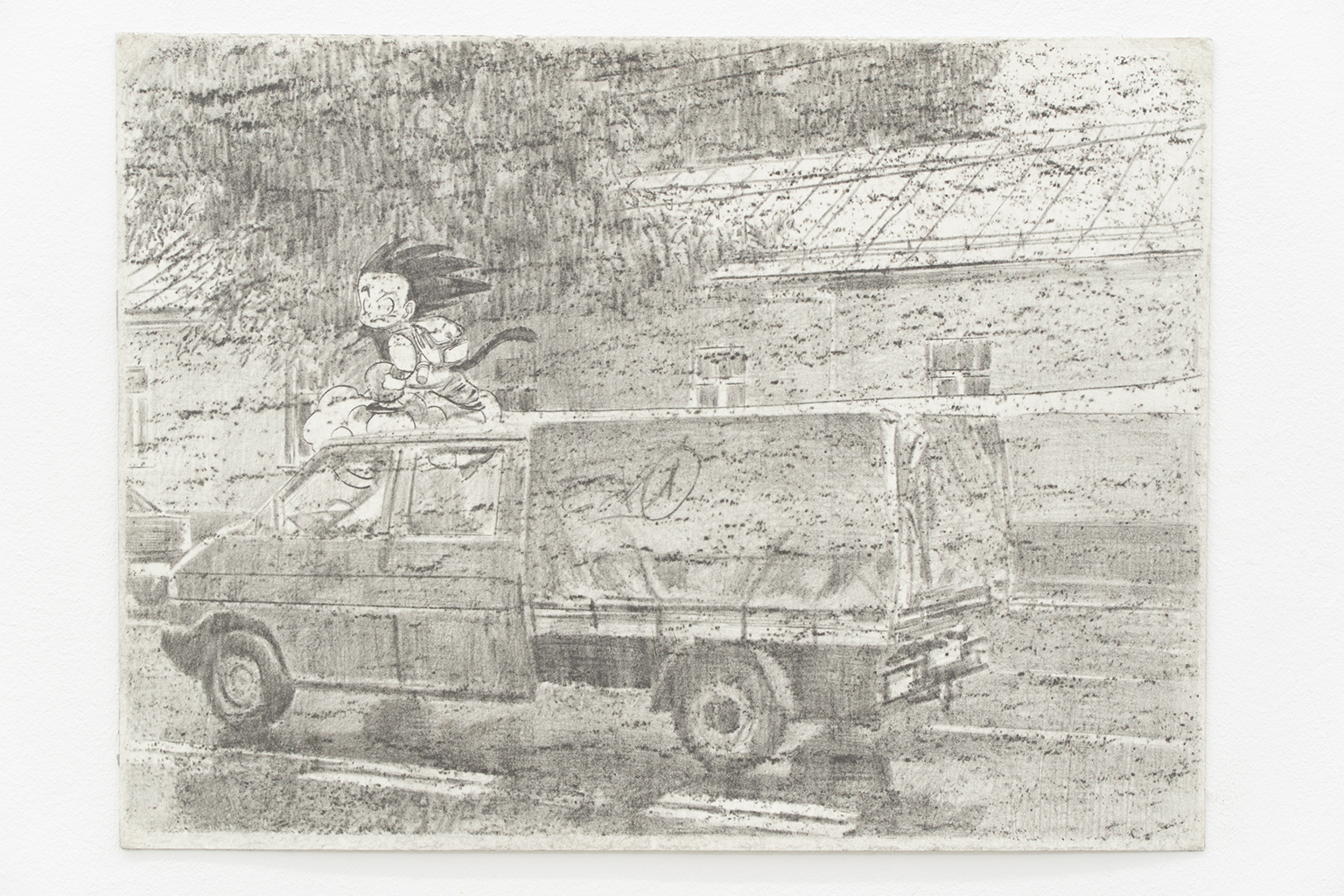
Matei Toșa, "Objects From my Memories Nr.23: „Passerby“", pencil on paper, 2020
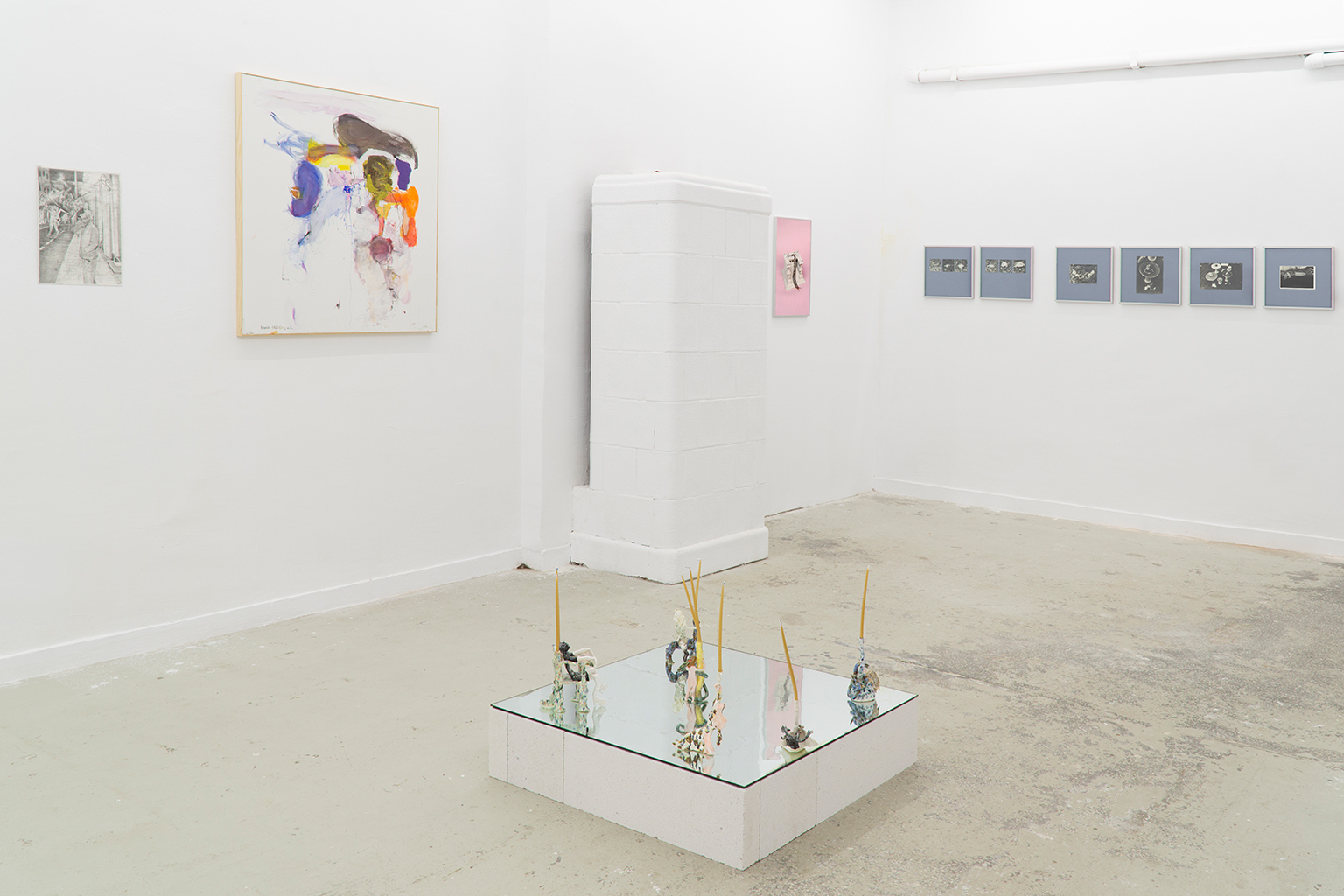
Matei Toșa, Diana Brăescu, Lisa Marie Schmitt, Ernest Budeș, exhibition view
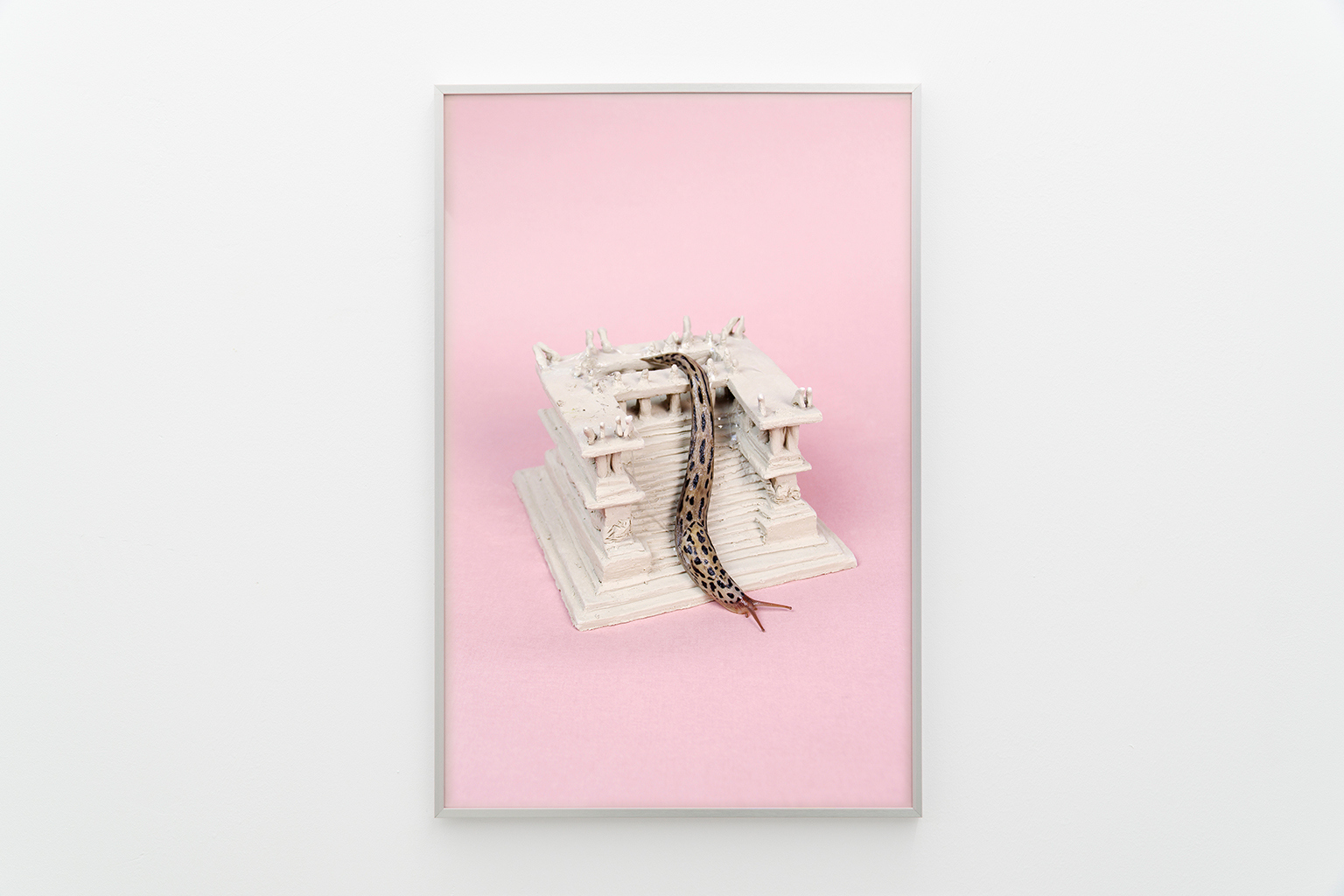
Lisa Marie Schmitt, Sleep Demon lV, C-Print, 2020

Ernest Budeș, "Din lumea imaginara a celor care nu cuvântă" (From the imaginary world of those who do not speak), photo documentation of installation view, glazed ceramics, mountain coal, variable dimensions, 1979
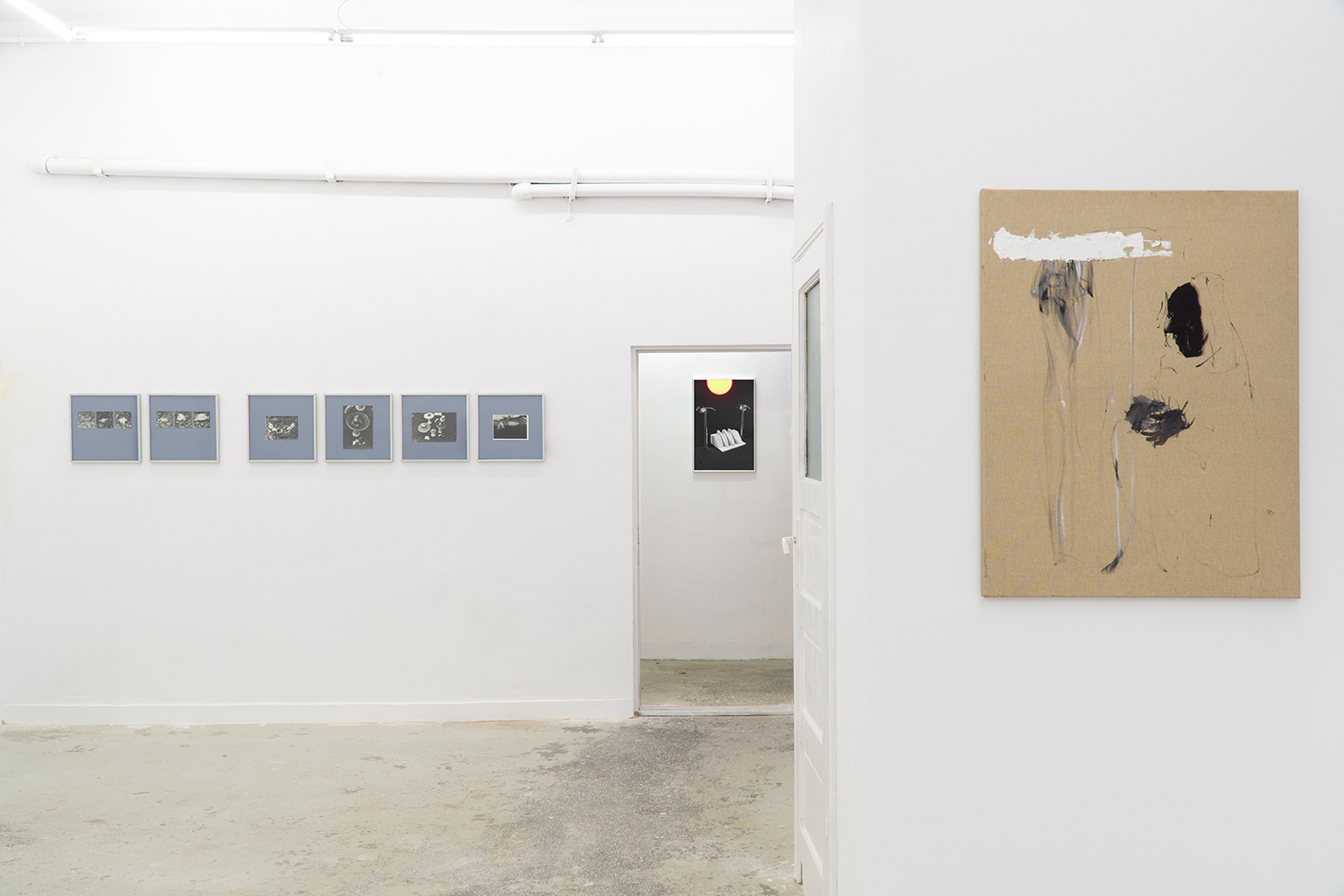
Ernest Budeș, Lisa Marie Schmitt, Diana Brăescu, exhibition view

Ernest Budeș, Lisa Marie Schmitt, exhibition view

Bogdan Breza, Zeul tuturor scoabelor (The God of all clamps), wood, iron, ready-made objects, acrylic, 2022
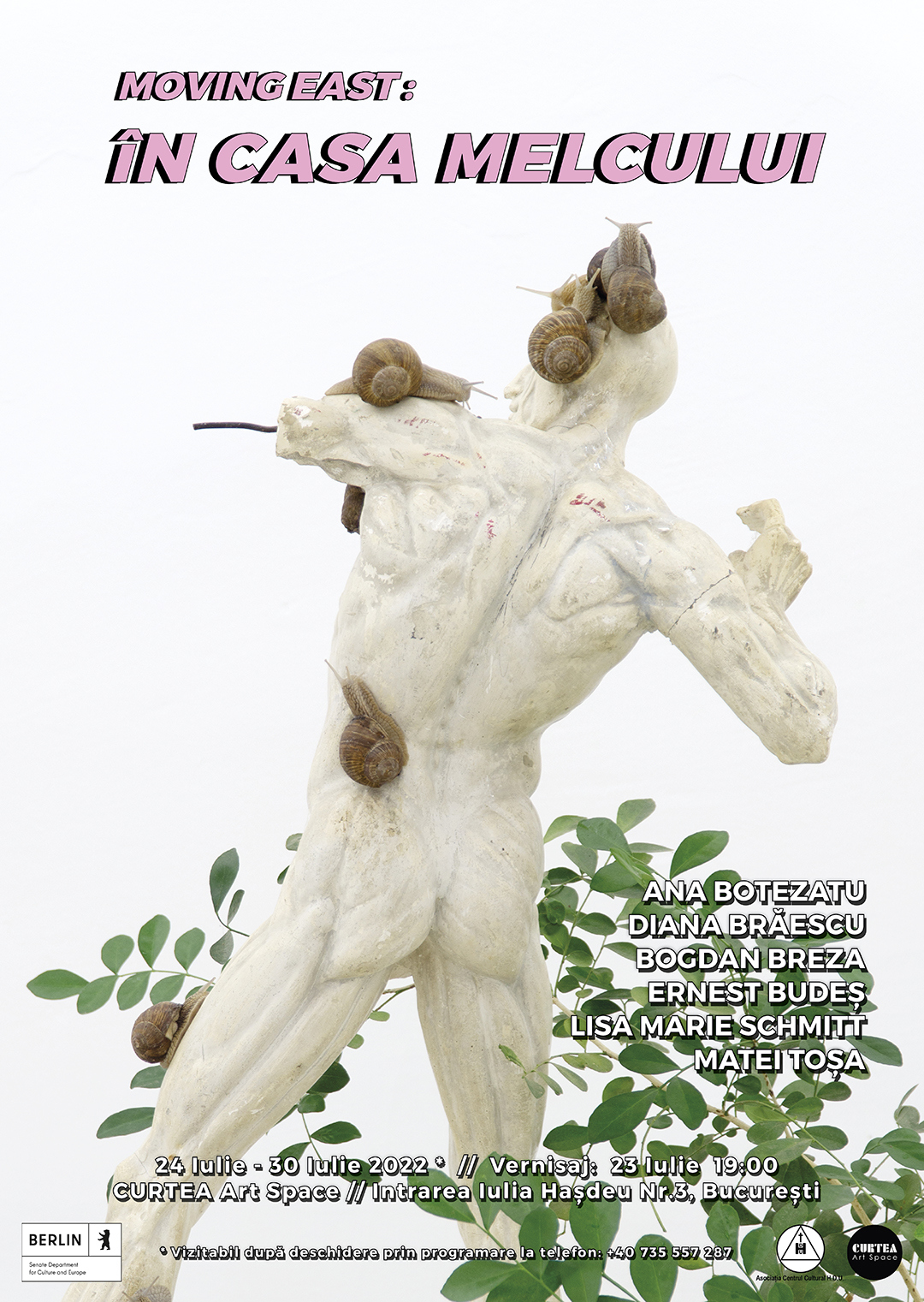
In the past decades, hundreds of thousands of Romanians have emigrated to Western countries for economic reasons – and this is a rising trend.
While artists have always traveled for studies, inspiration, and cultural exchange, the same economic migration phenomenon can be observed among many young Romanian artists who choose to move to Western European capitals. In the meantime, the larger part of the older generation, raised during communism, stayed and continued.
Despite the trend of young migrating artists, there is a vivid young art scene in Romania’s cities as well. So, how come the young generation’s artistic approach seems to be, at first glance, so different from the previous generation’s, their teachers?
MOVING EAST is a series of two exhibitions creating a dialogue between a young emerging artist generation raised after the fall of communism and the one who lived under totalitarian rule and restrictions, an era in which even artistic processes have been under constant surveillance.
Each exhibition presents emerging artists living in Romania or abroad and artists from the Asociația Centrul Cultural H.D.U. in Bucharest, as well as one young German artist.
There have always been times and regimes in which art has been censored or restricted, and in some parts of the world it still is or is about to become such. In Romania until 1989 art was expected to follow clearly the ideological rules of the time, which automatically denied diversity and free expression.
În casa melcului (In the house of the snail) takes a leap into the fantastic, going through different worlds. Functioning under their very own rules, they are viewed through – a magnifying glass, interpreting dreams or nightmares, reading symbols, and different ways of perception. The exhibition opens up a microcosmos within each of the presented artistic positions that can be part of a much larger macrocosmos.
The snail represents a microcosmos on its own, vulnerable, yet self-protective at the same time.
In medieval times, many European manuscripts have been decorated with elaborated, ornated drawings, at times containing encrypted comments of the scribes themselves. There is a reappearing depiction of the battle between one or several giant snails and a knight – surprisingly the snail always wins, while the latter is depicted in difficulty, scared, praying for his life, running, or even dead. Over time, the hidden meaning of these illustrations got lost.
How can we take a look down into the spiral house of the snail?
Generator of countless associations such as slowness, timelessness, infinity, the spiral, the golden ratio, and intersexuality, the snail stands as an image of a hidden universe within, protected, defined by a balanced order obscure to us. The playful guard prevails against the armored uninitiate, access to its house being possible just through another way of perception.
MOVING EAST is a project curated by Lisa Marie Schmitt (DE) and Alexandru Mihai Budeș (RO) who have been invited by the Asociația Centrul Cultural H.D.U. under the coordination of Ernest Budeș.
This project is funded by the Berlin Senate Department for Culture and Europe.
Lisa Marie Schmitt, Alexandru Mihai Budeș




